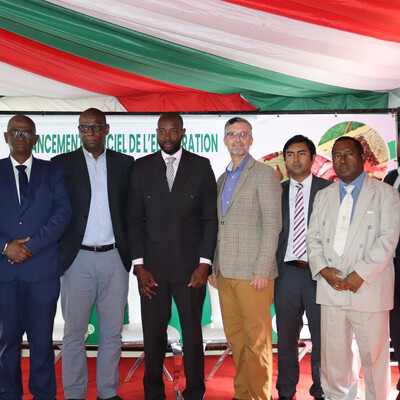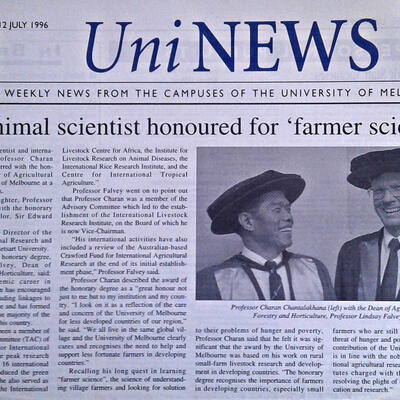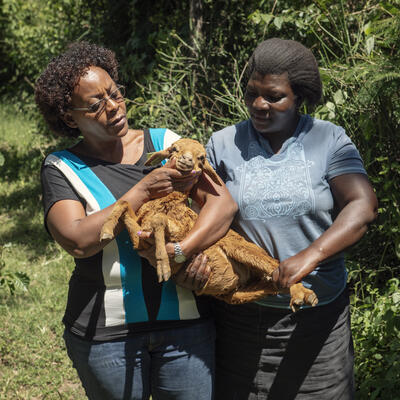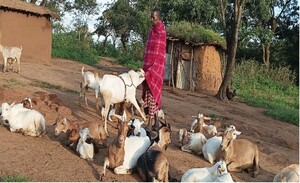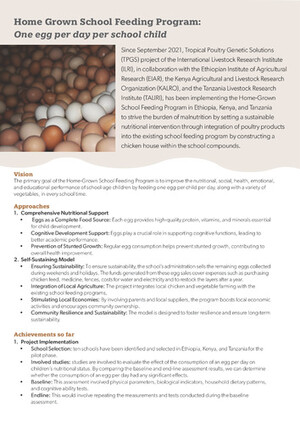
Voices on chicken genetics: Making more productive chickens accessible to Ethiopian farms
Wondmeneh Esatu, a staff of the Ethiopian Institute for Agricultural Research (EIAR) and project coordinator for Ethiopia, introduces himself and his work with the program. It is one of a series of portraits of key people in African Chicken Genetic Gains (ACGG).
Tell us about your background
My academic background includes a BSc degree in animal sciences from the Awassa college of Agriculture, a diploma in poultry and animal feeds from Barneveld College, the Netherlands, an MSc in animal physiology from Addis Ababa University and a PhD in animal breeding and genetics from Wageningen University in the Netherlands.
I have 14 years’ experience in poultry research and I have served as coordinator of national poultry research at EIAR. My research interests include rural development, village poultry, natural immunity in chickens, disease resistance in chickens, poultry breed improvement, low cost feed formulations and feasibility of breeding programs.
What is your function and what are you currently working to accomplish in ACGG?
I am now serving as a national coordinator for ACGG in Ethiopia.
What is the next piece of work you are focusing on right now within and perhaps also outside ACGG?
I am involved in the development of indigenous chicken (Horro) as well as synthetic chicken breeds. We plan to further carry out multi-location trials of these lines in various parts of Ethiopia as part of the ACGG project.
Why does this project matter and what gets you excited about it?
The idea of the ACGG is very much related to my PhD thesis. What I have done with few farmers in few locations will be carried out in wider areas of the country. I see the project activities as an extension of my study and am very eager to see the outcomes of the project.
What about the project is a cause of concern for you and how can it be addressed?
I am concerned about timely distribution of experimental chicken (growers) to participant farmers and making sure that they build poultry shades as promised. We need to make sure that all of them have constructed these structures before chickens are delivered. A proper plan in consultation with all involved will help facilitate their smooth and timely delivery.
What do you foresee as the lasting impact of ACGG?
The successful implementation of the testing phase will help us identify the promising lines for multiplication and these adapted and preferred chickens will become available for village poultry keepers helping them to produce more eggs and meat.








